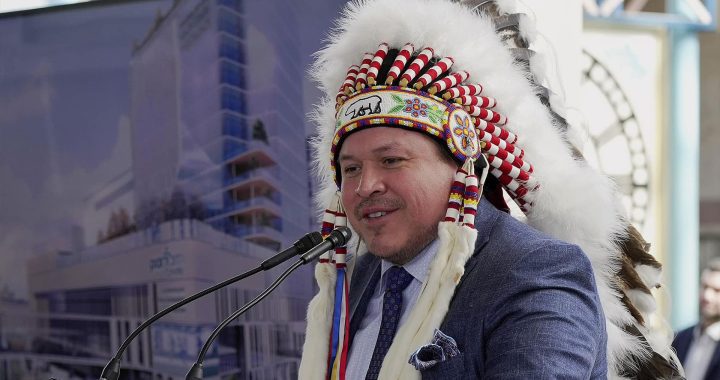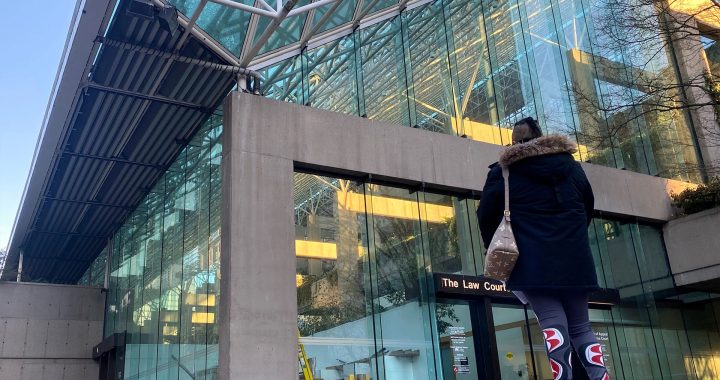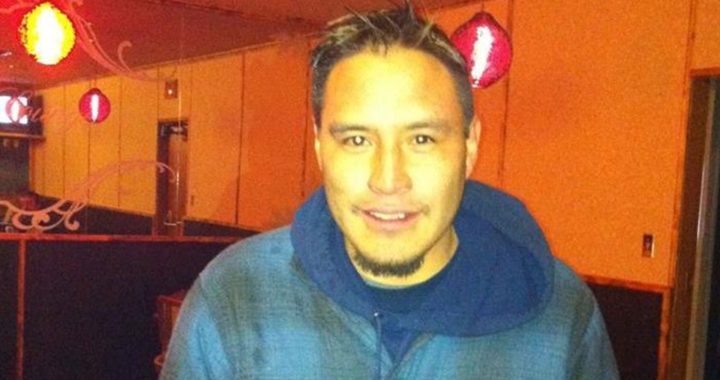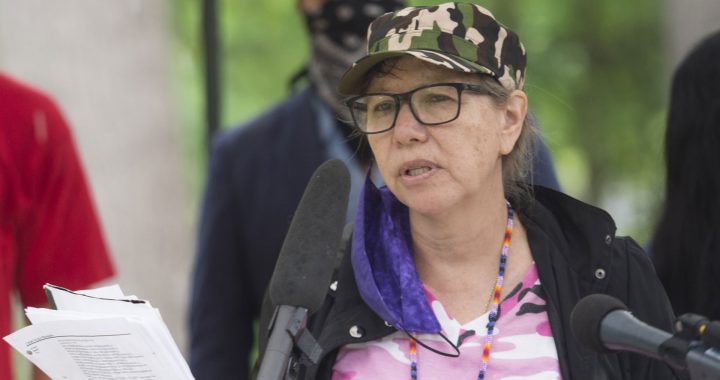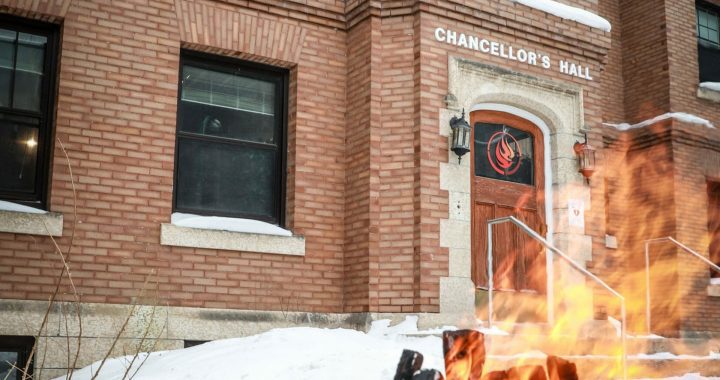It gives new meaning to the term ‘out of this world’.
Next year, a capsule filled with Indigenous music is scheduled to be launched on a NASA mission to the moon.
The project is a partnership between the Lunar Codex, the Estate of Norval Morrisseau and Crown-Indigenous Relations and Northern Affairs Canada.
Since its establishment in 2020, the Codex has sent three capsules with an archive of works by more than 40,000 global artists to the moon.
For the Codex’s next mission, founder Samuel Peralta wanted to spotlight Indigenous artists.
“I was on another interview similar to this when the announcer asked me, ‘If I could have any artist in the world, what artist would I like’?” Peralta told APTN News. “I said ‘Indigenous artists’.”
The Lunar Codex Indigenous Music Collection is to be included in the seventh capsule entitled ‘Polaris’.
The launch is tentatively set for November 2025.
An artistic mission
Cory Dingle, CEO of the Morrisseau estate, is working with Codex to curate submissions from Indigenous musicians.
He said the project reflects the late Anishinaabe artist’s wishes.
“This is a continuation of Norval Morrisseau’s vision that he had early on in his life to document, to preserve and to share the Indigenous culture,” Dingle said in an interview. “We cannot think of a better way to preserve the culture than putting it on a lander on the southern polar ice cap of the moon for a billion years.”
Artist Blake Angeconeb, a member of Lac Seul First Nation in Ontario, is designing an art piece for the capsule.
In 2022, the estate commissioned Angeconeb and his wife, Danielle Morrison, to design a Google Doodle celebrating Morrisseau.
Dingle reconnected with Angeconeb earlier this year.
“The CEO of the Estate of Norval Morrisseau reached out to me and asked if I knew any Indigenous musicians and if I could link him so they could put their music on the moon,” Angeconeb said. “We started talking, and he offered for me to do the cover art for it.”
Angeconeb blends elements of the Woodlands School of Canadian Native Art with pop culture.
His artwork will be part of the Polaris capsule and featured in the branding.
“I’ve been thinking a lot about space and, obviously, the moon,” he said, “but I’m thinking back to my early childhood where I wanted to be an astronaut and stuff like that. I’m going to have fun with this piece and see what happens when I draw.”
The Lunar Codex
Peralta, a Canadian physicist, founded the Codex during the COVID-19 pandemic in 2020.
At that time, his artist friends had lost places to show and share their work. So Peralta suggested a new venue: the moon.
To make the dream come true, he purchased extra payload space from NASA partners to launch art into space.
“We basically found a way to miniaturize and archive the art and put them into payloads and send them to the moon,” he explained. “When my friends in the arts heard that, they were elated.”
Sending a kilogram of material to the moon can cost upwards of $1.2 million USD.
So, the works are stored on NanoFiche–a nickel-based technology that can store more than 1,000 works of art on a single disc about the size of a quarter.
Peralta said the disc is built to last more than one billion years.
‘This was important’
In February, a Codex capsule with a selection of Indigenous visual art, including the painting Humpback Whale Travelling Down the Milky Way by Mi’kmaq artist Alan Syliboy, landed on the moon.
In the Polaris capsule, soundwaves of songs by Indigenous musicians will be microscopically etched onto NanoFiche.
Project lead Jessica Svenningson, who has a background in archaeology, imagines how the capsule could be interpreted by future human or extraterrestrial life.
“Going to the moon is not easy,” Svenningson said, “and if we’re willing to put all this time, effort and energy into saving something, that means it was important to us.
“I like to think that if someone came across this in the future – whether it was human or extraterrestrial – then they would take away that this was important and this was something that we really cared about.”
Indigenous musicians have until December 31 to submit their work through the Estate of Norval Morrisseau website.
Songs will be selected in January 2025, and the Polaris capsule will tentatively launch in November 2025.






